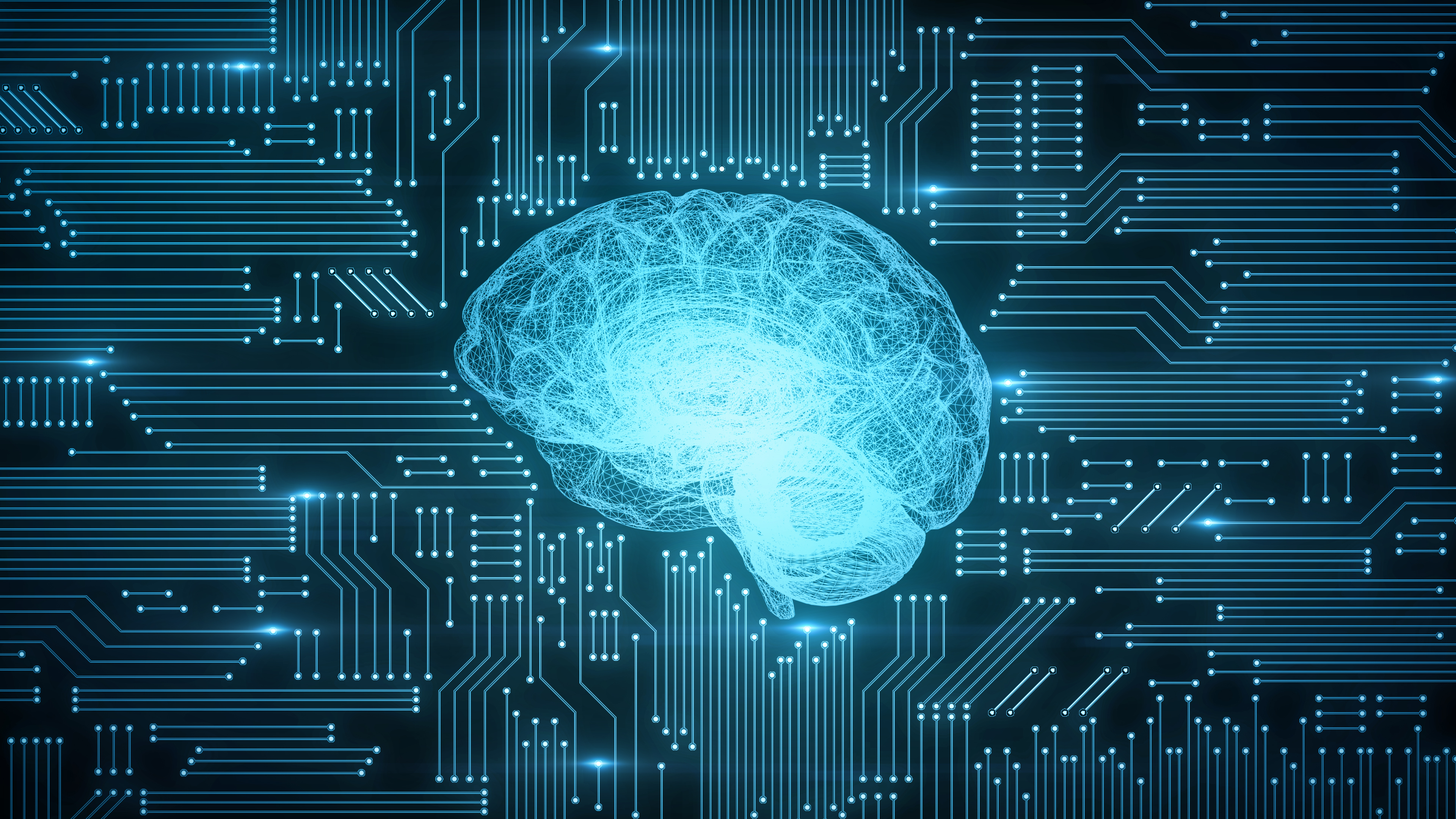
By 2030, ischemic stroke, one of the leading causes of severe disability, could be costing the US healthcare system upwards of $185 billion per year.
That’s the backdrop for a recent analysis that examined the potential for AI to detect minor strokes in emergency patients with the goal of applying more timely and less costly care to patients.
For the analysis, Dutch imaging experts with the Department of Medical Imaging at Radboud University Medical Center, Nijmegen, Netherlands performed a health technology assessment by applying a set of assumptions – including a 6% rate of missed diagnoses of LVO (Large Vessel Occlusion) strokes, $40 per AI analysis, and a 50% reduction in missed cases via the technology – to United Kingdom stroke registry data that included nearly 72,000 patients.
The results? They produced potential yearly cost savings of $11 million.
“The most important next step is to validate the outcomes of the early health technology assessment in clinical practice,” the team wrote. “With increasing number of AI tools implemented in the clinic, it is important to assess the impact of AI tools on our healthcare system. Real-life outcome measures should be used to gain insights into how to apply AI tools in a sensible and safe way. This is a prerequisite to prove the claim that AI is making healthcare better and more affordable.”
Breaking down the costs involved in stroke care, another recent study noted that “acute stroke care accounts for about one half of total direct medical costs within the first 12 months following ischemic stroke, and post-stroke care significantly contributes to the large expenses with rehabilitation services and facilities as key factors. (Moreover), in the acute setting, the length of stay in hospital is the most important cost driver.”
That said, the study pointed out that “(m)ajor strokes are preceded by minor strokes or transient ischemic attacks (TIA) in approximately 15–30%, with 40% of these precursor events occurring within 7 days and about 20% within 24 h before a major ischemic stroke. . . Urgent identification of these patients and immediate initiation of secondary prophylaxis lead to a risk reduction of 80 to 90% with regard to subsequent major strokes. Therefore, timely diagnosis of minor strokes is of foremost importance for rapid initiation of secondary prophylaxis and prevention of major stroke.”
For the Dutch analysis, the researchers modeled two scenarios—“current standard of care, with patients receiving a head CT angiography (with or without CT perfusion) read by physicians or using AI as a diagnostic aid.” Other variables including the cost of care were gathered from previous large stroke studies.
“Early [health technology assessment] analyses are not meant to provide a firm ‘go’ or ‘no-go’ recommendation for the development or purchasing of an innovation but provide insights in the direction to head regarding development, implementation and reimbursement,” the authors advised. “In this study, the analyses show that cost benefits are obtained in the long term, while the costs for the software are short term and are usually covered by the radiology department or hospital. This observation could contribute to the debate on the investments, financial accountability and reimbursement for the clinical use of AI technology.”
Photo by wigglestick/Getty Images


